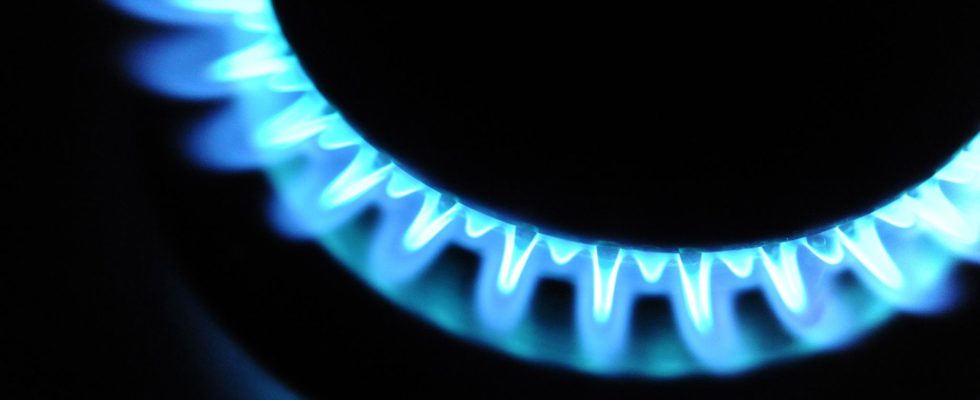Diversification of imports, increase in production from Norway, construction of terminals on the coasts… The colossal effort made in recent months by the European Union allows its 27 members to display a little more serenity regarding its gas supply. As of October 18, the reserves of the Old Continent recorded a occupancy rate close to 98%.
In France, gas transmission network managers GRTgaz and Teréga also highlight the improvement, ensuring that the country is better equipped than last season. “This year, the French network has the capacity to ensure the necessary supplies to fuel consumption and exports, including in the event of a cold winter”, specify the two companies in their “Perspectives of the French gas system for the winter 2023-2024. But the horizon is not completely clear yet. Several factors could complicate the availability of gas during the second part of winter, thus causing sharp price increases, several experts qualify.
Still partial dependence on Russia
In France, storage capacities represent around a third of annual consumption. To avoid tensions, three conditions are necessary: ”sustained imports of LNG (liquefied natural gas), careful management of storage as well as maintaining sobriety at levels similar to those observed last winter”, warns we at GRTgaz.
But the remaining gas from Russia could also disrupt the market. Especially if a cold peak occurs at the end of winter. “Russia still represents 10% of European imports. If Moscow decided to interrupt its deliveries, European countries would be forced to turn to other suppliers, leading to competition between gas-consuming countries and an increase in prices,” warns Benjamin Louvet, head of raw materials at OFI Asset Management.
“Several installations allowing us to free ourselves from Russian gas are still under construction, which means that we still have one or two winters of dependence ahead of us,” explains Alexandre Andlauer, energy analyst at Kpler. However, tensions in the Middle East could give Moscow a pretext to close the floodgates, especially if Iran becomes involved in the conflict between Israel and Hamas. “The worst scenario would be strikes on Iran, leading to a blockage of the Strait of Hormuz. Gas from Qatar would then be blocked,” explains Trevor Sikorski, head of natural gas and carbon research at Energy Aspects, a company specializing in fundamental analysis of energy markets. However, it is difficult to estimate the probability of such a scenario.
Price volatility
Rather than a disruption in supply, experts are therefore betting on sudden price increases in a market that has become very volatile. “A sign of nervousness, the price for immediate delivery is influencing futures contracts, in a proportion that we have not seen for a long time,” explained Ole Hvalbye, commodities analyst at the Scandinavian bank SEB, on the occasion of a webinar organized by the company Montel.
At the beginning of September, a simple strike by Chevron employees in Australia – responsible for almost a quarter of global LNG production – was enough to cause prices to jump by 10% in Europe. A few days ago, a leak of unknown origin on a gas pipeline linking Finland to Estonia caused confusion and concern on the markets. The possibility that this was sabotage casts doubt on the security of all European energy infrastructure.
“Recently, there hasn’t been a week without a new supply issue, so obviously we risk getting scared,” adds Alexandre Andlauer. For example, since the Hamas offensive, Israel has reduced its gas exports to Egypt by 20%, which has repercussions on Egyptian LNG exports to Europe. “In such a tense context, the sustained economic recovery of other geographic areas – particularly in Asia – would be enough to lead to a rebound in the prices of raw materials and gas,” believes Benjamin Louvet.
Currently, this sells on average for 50 euros per megawatt hour (MWh). According to experts, doubling this price would be possible in the event of a cold winter, a disruption in Russian supplies and strong international competition for LNG deliveries. “Beyond 100 euros per MWh, the consumer would take the hit and we would observe a sharp drop in demand,” specifies Alexandre Andlauer, who adds: “This scenario still remains unlikely at present.”
